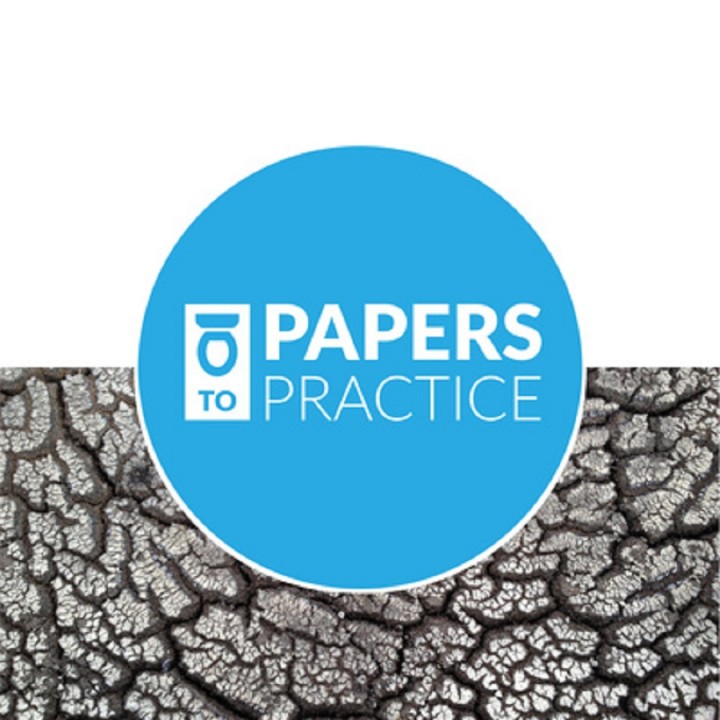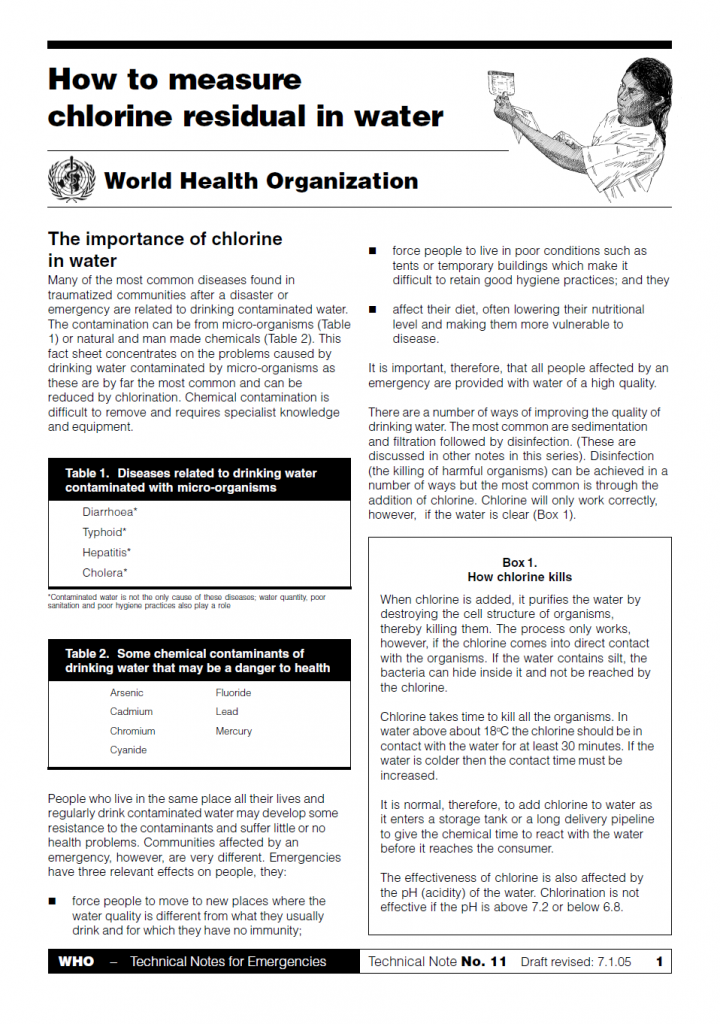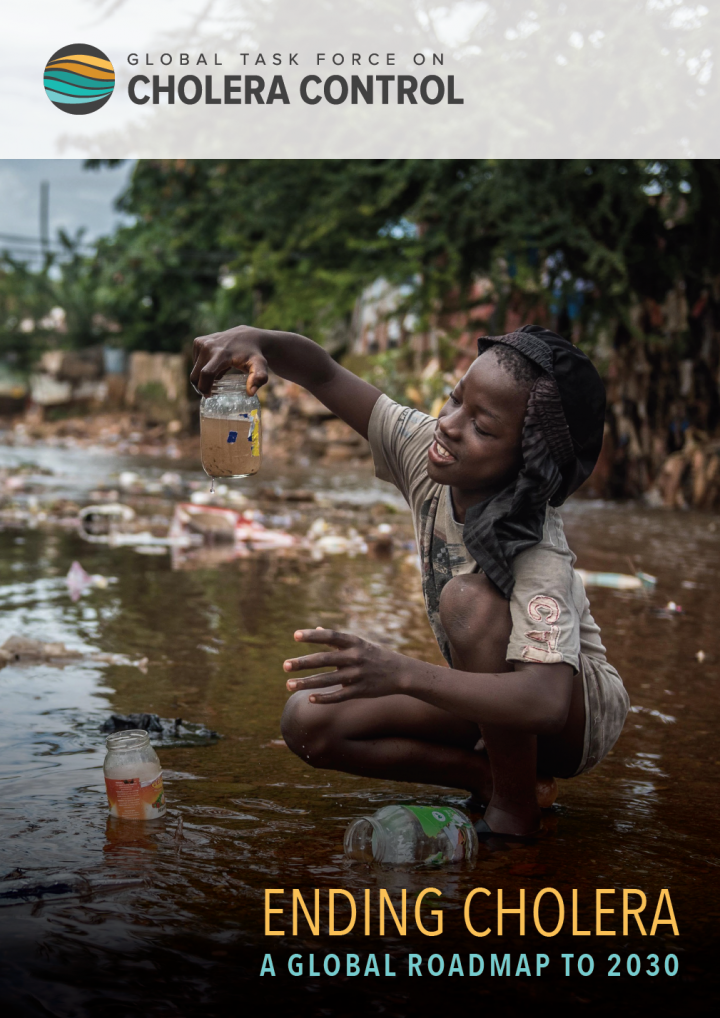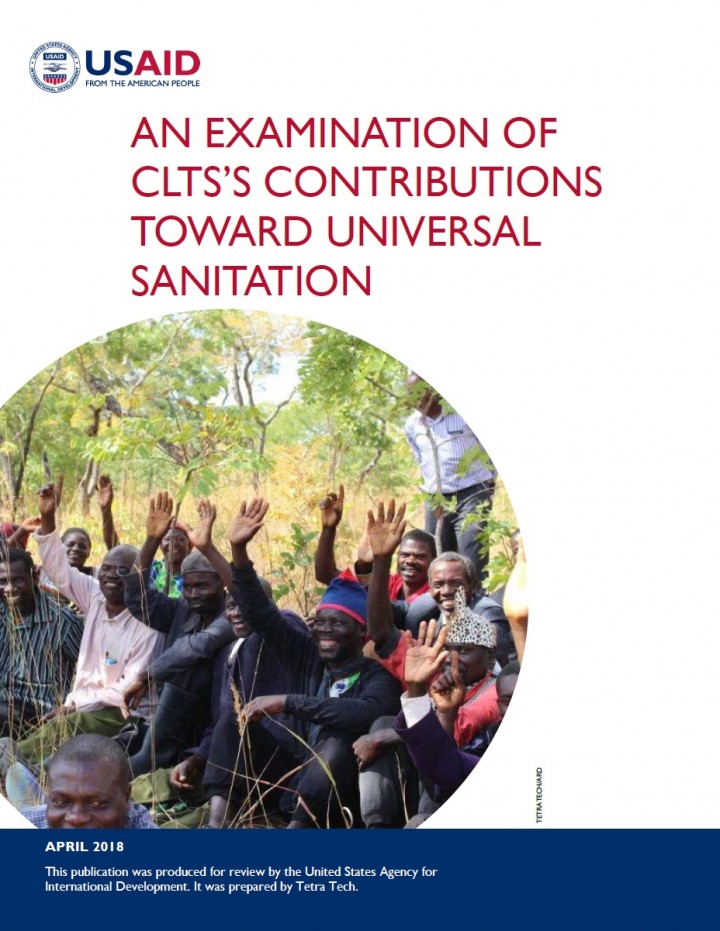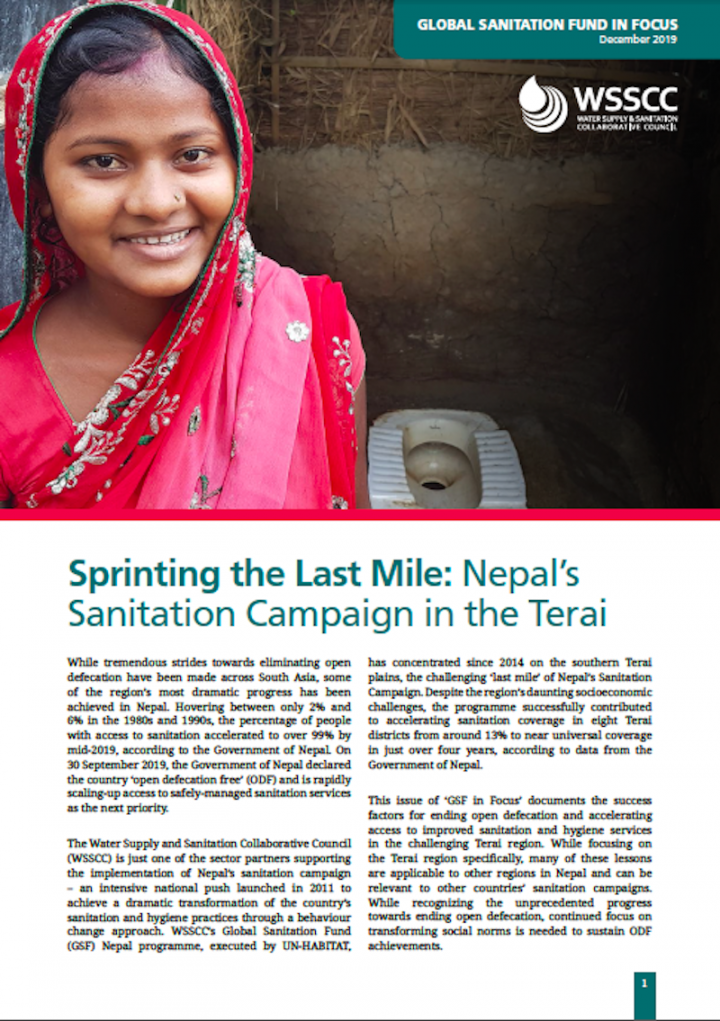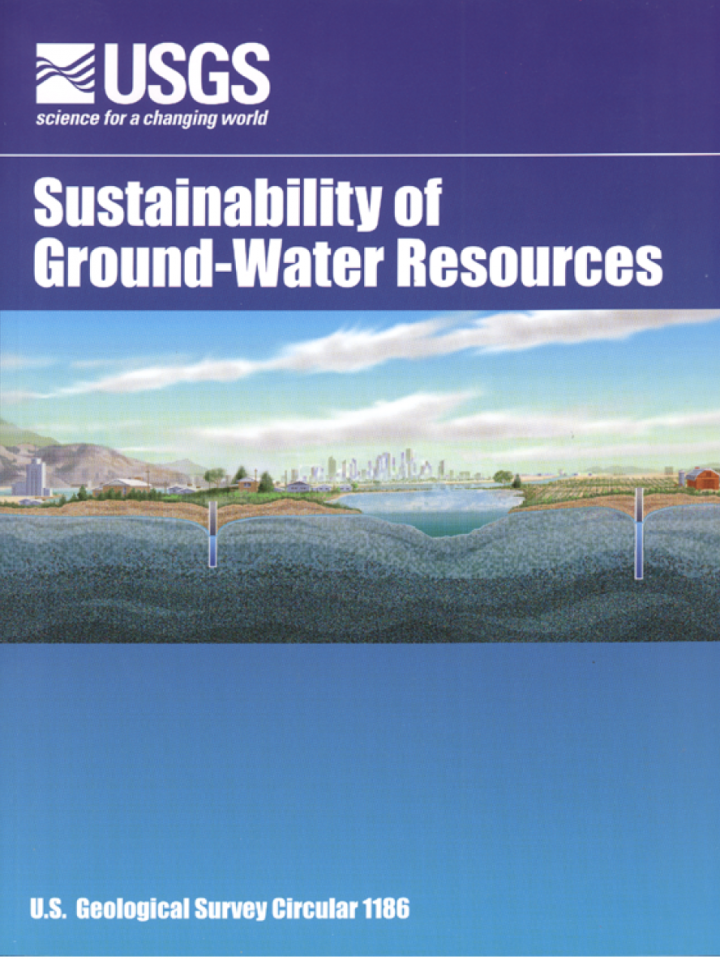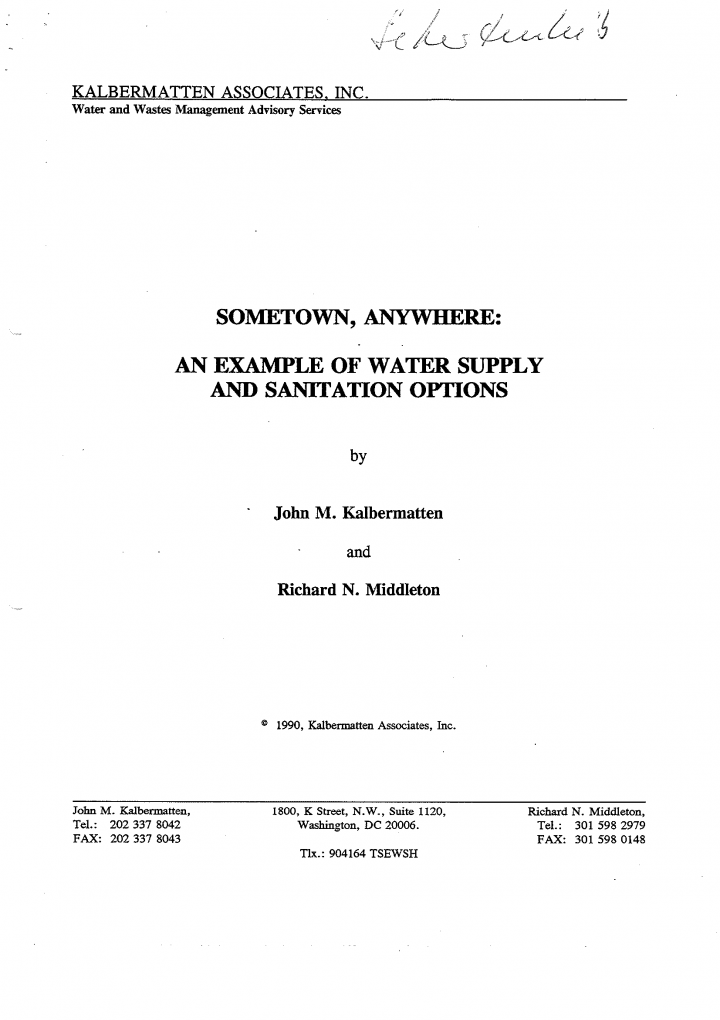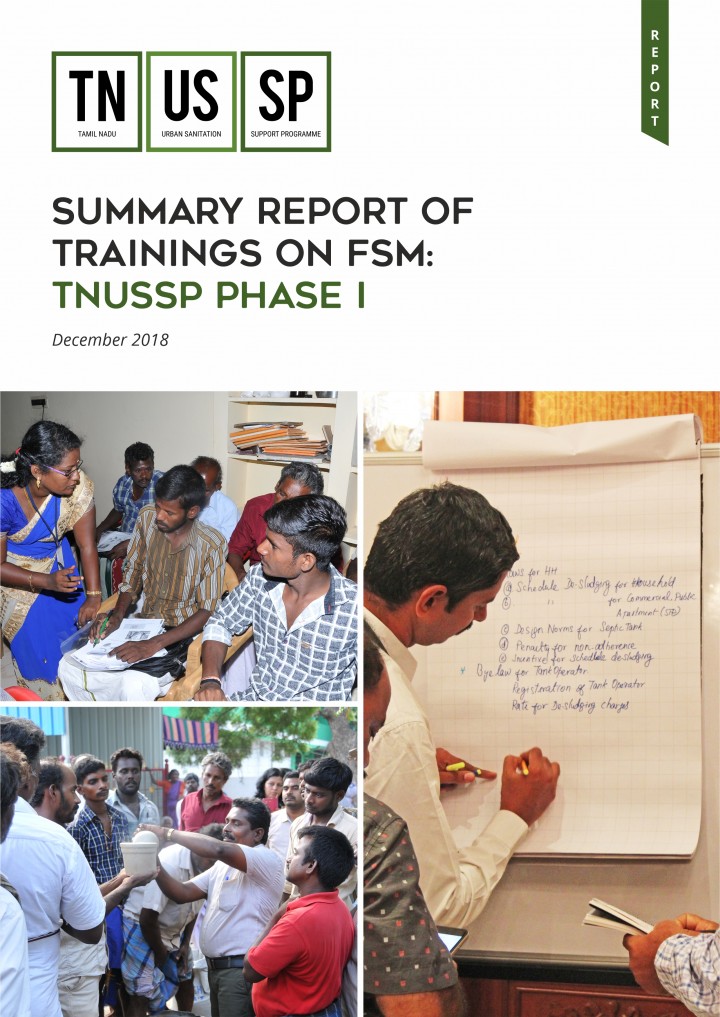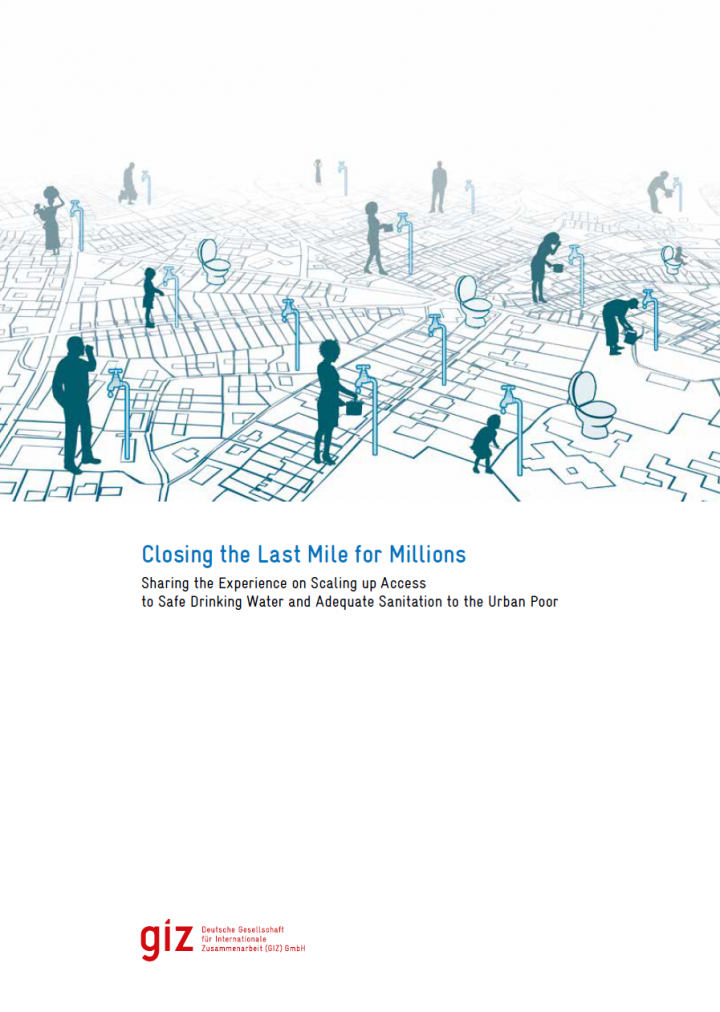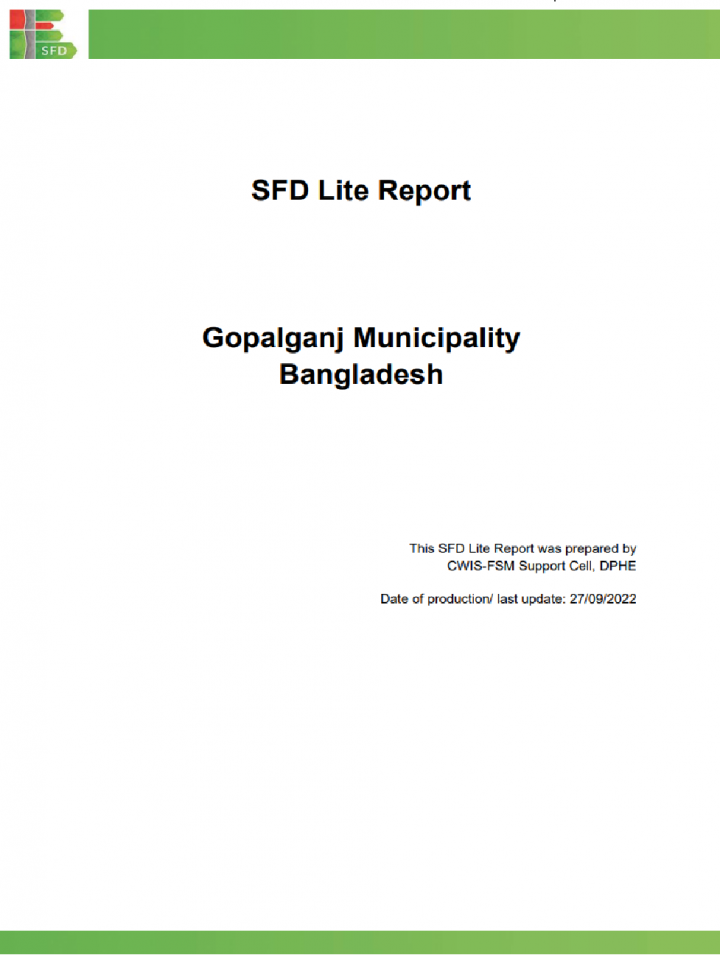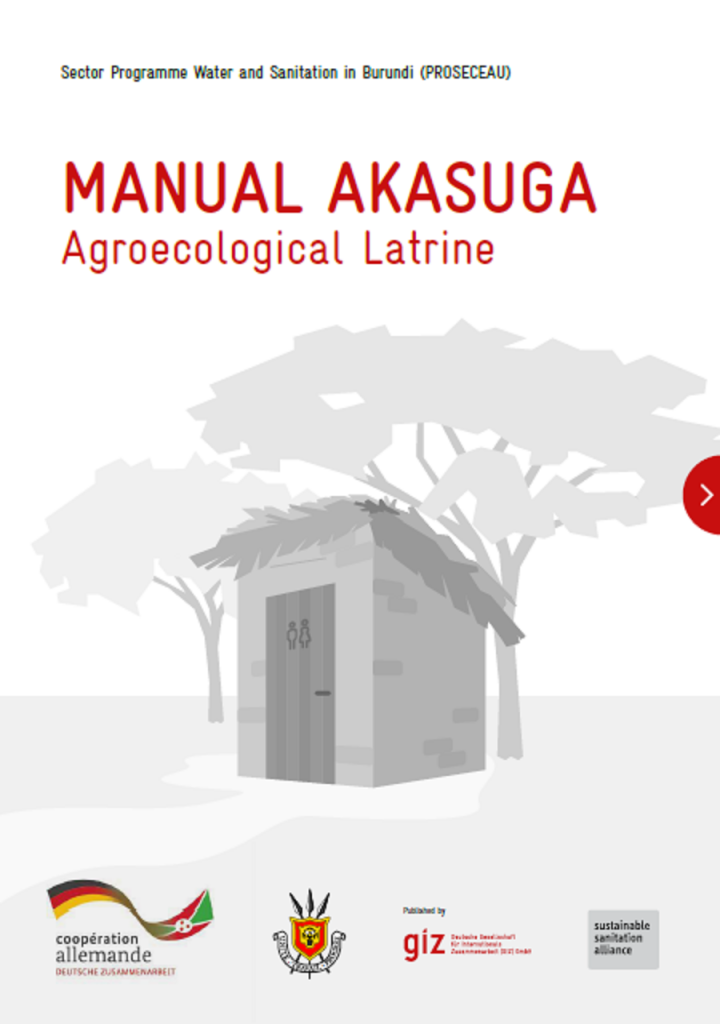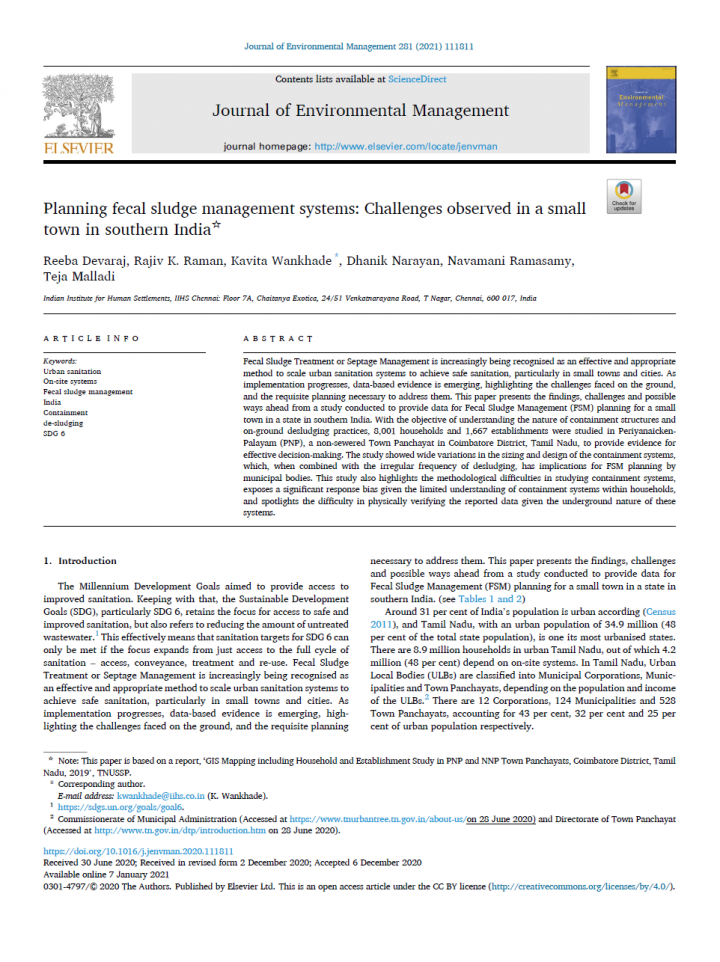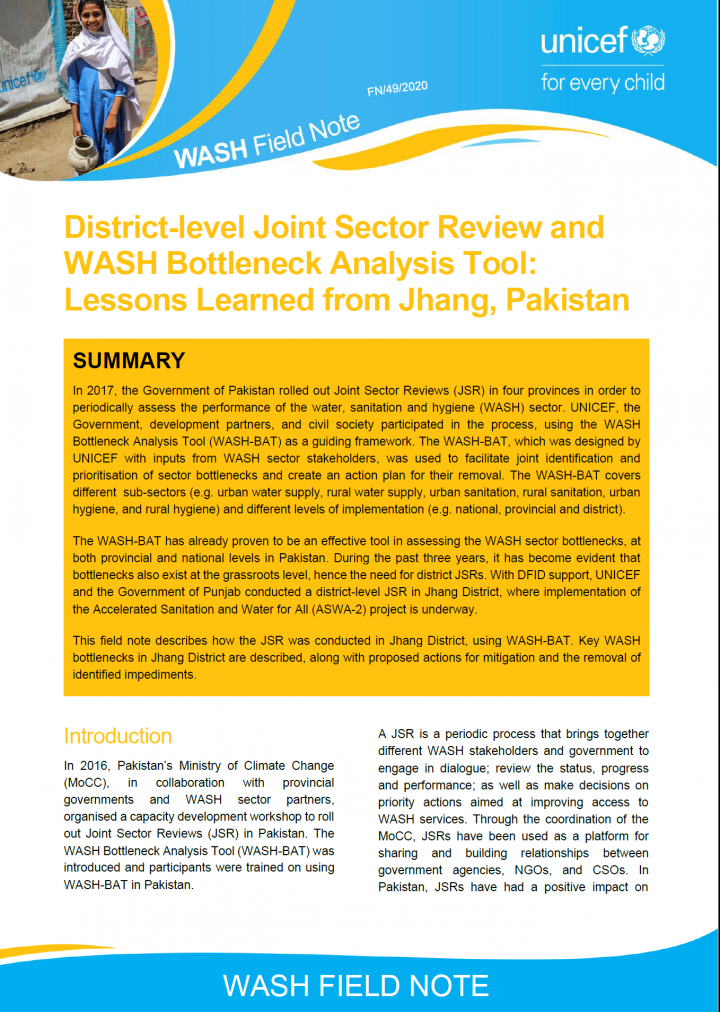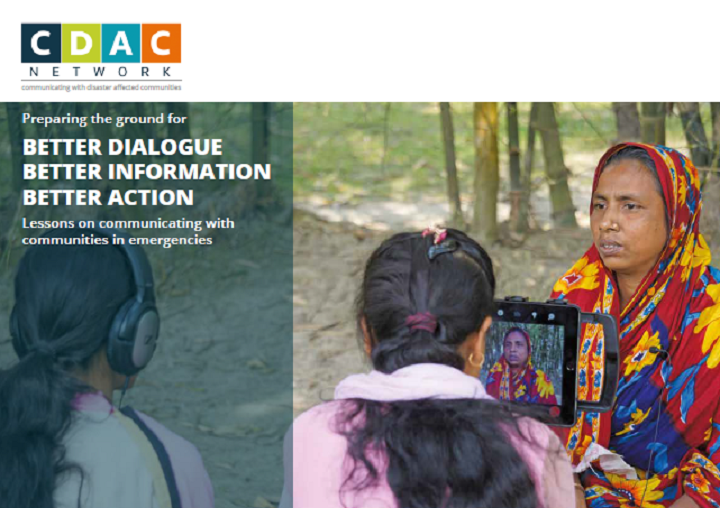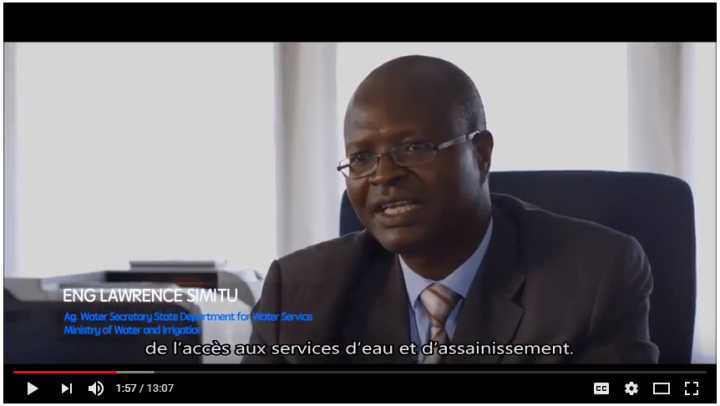Searching for information on Sanitation Workers?
The Sanitation Workers Knowledge + Learning Hub is the best source for all current news, trends, articles and updates on sanitation workers rights around the world.
A series where we take important sanitation-related publications and break them down in 30 minutes, making them more accessible to busy professionals working to deliver inclusive, safely managed sanitation services globally. We sit with authors and ask them who should know about the paper and what are the key points to be able to put these papers to practice. This series is co-hosted by CAWST & …
Community Approaches to Total Sanitation (CATS) aim to achieve 100 per cent open defecation free (ODF) communities through affordable, appropriate technology and behaviour change. Some of the key principles guiding CATS are:
• An emphasis on the sustained use of sanitation facilities by every community member, rather than simply the construction of infrastructure.
• The safe disposal of …
Many of the most common diseases found in traumatized communities after a disaster or emergency are related to drinking contaminated water. The contamination can be from micro-organisms (Table 1) or natural and man made chemicals (Table 2). This fact sheet concentrates on the problems caused by drinking water contaminated by micro-organisms as these are by far the most common and can be reduced …
Ending Cholera—A Global Roadmap to 2030 operationalises the new global strategy for cholera control at the country level and provides a concrete path toward a world in which cholera is no longer a threat to public health. By implementing the strategy between now and 2030, the Global Task Force on Cholera Control (GTFCC) partners will support countries to reduce cholera deaths by 90 percent. …
Community-led Total Sanitation (CLTS) is a revolutionary idea and an inspiring practice. The enthusiasm of its many adherents in government and civil society is understandable. This desk review examines the refereed and gray literature on CLTS, with the central objective of assessing the knowledge base on best practices and identifying evidence gaps to inform the project’s research agenda (to …
This was an interventional study carried out over a period of 5 days among 21 schoolchildren aged 12–18 years in their respective school premises. Participants were requested to rub their hands with an UV-sensitive fluorescent lotion and then wash them. Hands were air-dried and examined under UV rays for blue light emission in a dark room. Emission of blue light highlighted parts of hand where …
In September 2019, the Government of Nepal declared the country ‘open defecation free’ (ODF). Leading up to this milestone, the Government of Nepal and other sector partners focused on the challenging Terai plains - the ‘last mile’ of Nepal’s Sanitation Campaign. This Case Study documents the key success factors from WSSCC's Global Sanitation Fund programme in Nepal, executed by …
Coral reefs have experienced a global decline due to overfishing, pollution, and warming oceans that are becoming increasingly acidic. To help halt and reverse this decline, interventions should be aimed at those threats reef experts and managers identify as most severe. The survey included responses from 170 managers, representing organizations from 50 countries and territories, and found that …
Narok town is Narok county’s capital city which is the largest city on the way to Maasai Mara National Reserve from Nairobi. It became a municipality in October 2019 due to the rapidly growing population. Figure 2 shows the official municipality boundary and demographical data from the latest census in 2019. The municipality covers the area of Narok Township (Narok Town & Oleleshwa), Nkareta …
Ground water is one of the Nation’s most important natural resources. It provides about 40 percent of the Nation’s public water supply. In addition, more than 40 million people, including most of the rural population, supply their own drinking water from domestic wells. As a result, ground water is an important source of drinking water in every State. Ground water is also the source of much …
Sometown is a regional center in a predominantly agricultural area. It serves as a commercial center for this area, and has a well-established light industry as well as several food and cotton processing enterprises.
Water for the municipal supply is abstracted from wellfields 5 km east of the city limits. Water quality is at present excellent; the water is chlorinated, but only as a …
Behavior change communication for improving handwashing with soap can be labor and resource intensive, yet quality results are difficult to achieve. Nudges are environmental cues engaging unconscious decision-making processes to prompt behavior change. In this proof-of-concept study, we developed an inexpensive set of nudges to encourage handwashing with soap after toilet use in two primary …
Capacity building initiatives are one of the key approaches followed by TNUSSP to effect changes across the entire sanitation chain. As part of this, orientation and training programmes were held for a range of stakeholders such as officers at the state level and of Urban Local Bodies, engineers, masons and desludging operators. This report presents details of the training/orientation programmes …
The Regional Overview underlines the urgency to develop and implement strategies for sustainable management of water resources and to adapt to the climate change impact on water and agriculture. The report documents several positive experiences in sustainable management of water resources and climate change adaptation in the region. It highlights the importance of accelerating investments aimed …
Despite concerted efforts to extend water and sanitation services to the fast-growing numbers of people living in urban low-income and often informal areas, the water sector in many parts of Sub-Saharan Africa appears to be stagnating. Many challenges stand in the way of closing the last mile of physical access for an estimated 250 million unserved urban residents. A misguided focus on …
SNV/BSP had organized a biogas training course from 17 to 20 May 2000 for the trainers of Junior Biogas Technicians (JBT) of the Institute of Engineering (IOE), Pokhara with the participation of 16 trainees having engineering background (Engineers and Overseers). The training was rated very useful. Subsequently, with support from SNV/BSP, Centre of Energy Studies (CES) of the Institute of …
Gopalganj is a fast-growing city located along the Dhaka-Khulna highway and 209 km South of Dhaka. It is beside the Kaliganga River and it is well connected with road, water, and railways. It is one of the oldest towns in the sub-continent and was declared a municipality in 1972. Gopalganj is one of the 53 district level municipality in the country.
According to the population census in 2011 …
The Akasuga technology is a low-cost agroecological latrine which has been developed and implemented by the GIZ Water and Sanitation Programme in Burundi (ProSecEau) in cooperation with the respective directions of the Ministry of Health and Ministry of Hydraulics responsible of Sanitation.
ProSecEau has also developed in December 2021 an e-training (in English and French) on the Atingi.org …
Fecal Sludge Treatment or Septage Management is increasingly being recognised as an effective and appropriate method to scale urban sanitation systems to achieve safe sanitation, particularly in small towns and cities. As implementation progresses, data-based evidence is emerging, highlighting the challenges faced on the ground, and the requisite planning necessary to address them. This paper …
In 2017, the Government of Pakistan rolled out Joint Sector Reviews (JSR) in four provinces in order to periodically assess the performance of the water, sanitation and hygiene (WASH) sector. UNICEF, the Government, development partners, and civil society participated in the process, using the WASH Bottleneck Analysis Tool (WASH-BAT) as a guiding framework. The WASH-BAT, which was designed by …
Pour mettre à l’échelle des mesures d’approvisionnement en eau et d’assainissement dans les zones urbaines à faible revenu il faut appliquer la bonne formule. Le Cube Magique (MajiCube) avec ses six faces, considère les éléments suivants: le cadre sectoriel, les acteurs de mise en œuvre, les systèmes d’information, le financement, l’accès a l’eau et la chaine …
The International Organization for Migration (IOM) is committed to the principle that humane and orderly migration benefits migrants and society. As the UN Migration Agency, IOM acts with its partners in the international community to assist in meeting the operational challenges of migration; advance understanding of migration issues; encourage social and economic development through migration; …
Patan Municipality is in Baitadi District, Sudurpaschim Province of Nepal. The municipality is extended to 219.26 km2. It is divided into 10 wards. The municipality is surrounded by Sigas rural municipality in the east, Dashrathchand municipality and Melauli in the west, Surnava and Dogada rural municipality in north and Dadeldhura district in the south.
According to Census 2011, the …

